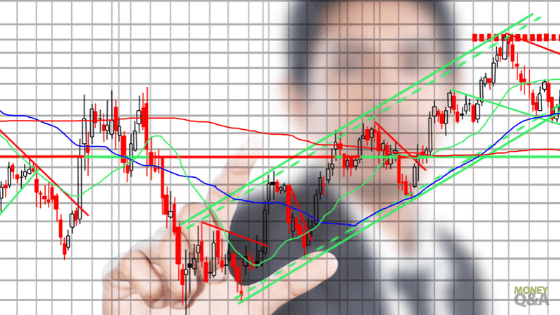
One of the biggest decisions any investor must make in the early stages of growing their wealth portfolio, is what kind of trading they want to do. There are plenty of ways to invest in securities and assets to see either a long-term, or short-term return. Most of the time, traditional investment options involve placing your money in an environment where it can grow gradually over the years.
However, if you understand the financial market, or have a knack for things like stocks and securities, then you might prefer to take a more active approach to build your portfolio. This is where tactics like swing trading come in. This kind of money-making opportunity is more fast-paced than the traditional investment opportunities, but it’s not quite as chaotic as day trading. Here’s what you need to know before you jump into a new kind of trade, swing trading.
How Do Investors Swing Trade?
The whole purpose of swing trading is to make money by identifying swings or sudden changes in prices that take place within commodities, currencies, and stocks over a specific period. Typically, each trade will take a couple of days to a couple of weeks to figure out fully. There’s no need to move in and out of positions every day like you would if you were a day trader. There’s also the opportunity to follow this strategy as a part-time way to make money.
Anyone with capital to spend and a decent knowledge of their chosen market can make a profit from this kind of spending. The slightly longer time frame compared to other fast-paced market options mean that you don’t have to spend all of your day sitting in front of a computer to see results.
You can run your full-time job alongside your strategy. In some cases, if you find that you can make quite a bit of money with your trading strategies, you may decide that you want to use both swinging strategies and day trading methods at once. However, it’s best to make sure you’re done with learning how to swing trade stocks effectively before you jump into another strategy at the same time.
How Skilled do You Need to Be?
A commitment to improving your talents and learning as much as you can about your chosen market is essential for any kind of trading. However, most people find that swing trading is a much more accessible alternative to day options which move at a much faster pace. If you’re moving in and out of positions every day, you’re going to need some state-of-the-art tools and trading platforms to help you. Most people in that environment also require nerves of steel to make decisions quickly.
On the other hand, with swing trading, you might make several trades in a week, but you can move more slowly. It’s not a full-time job, and you don’t have to panic about complex rules that control how much money you can move in a given day. Instead, you use trends and momentum information to make decisions about where your cash should go. You can even achieve a few significant gains this way.
